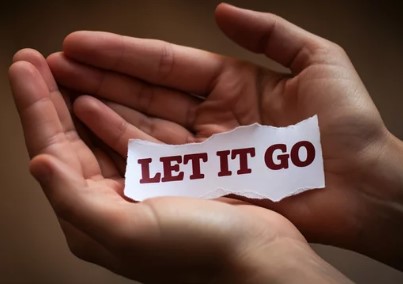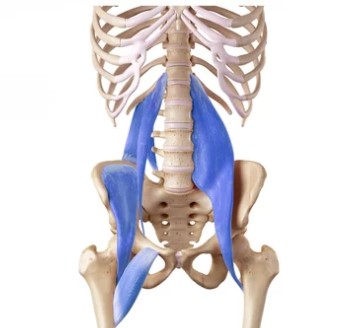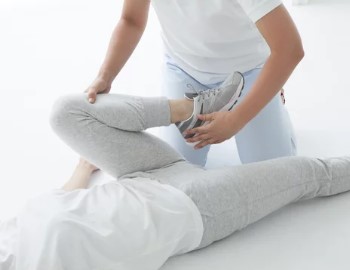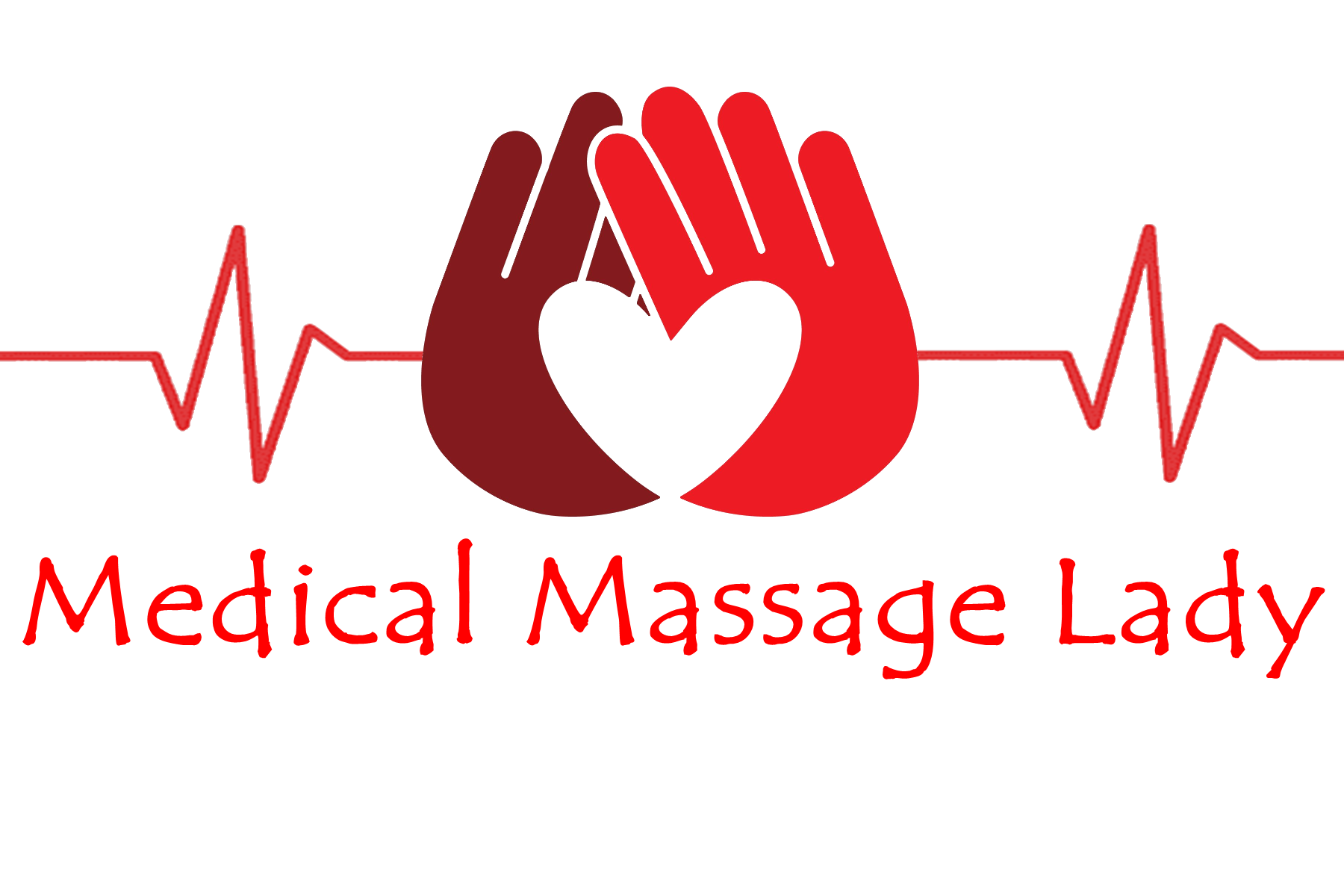- 07736 104738
- sam@medicalmassagelady.com
- Mon - Sat, 8:00 - 18:30
MASSAGE AND PTSD
We all know that massage can be used to reduce stress and anxiety improve sleeping patterns, but it can particularly benefit those with Post-Traumatic Stress Disorder (PTSD) by:-
- Reversing the autonomic nervous system dysregulation - The autonomic nervous system, which is the part of central nervous system that controls automatic responses in the body is often overactivated in those with PTSD, which is why issues such as hypervigilance and hyperarousal are common. Massage can counteract this by activating the parasympathetic nervous system, helping to suppress the stress response and having a calming effect on the body.
- Inducing relaxation - Through suppression of the sympathetic nervous system, massage inhibits secretion of stress hormones such as cortisol and adrenaline, thus promoting relaxation
- Improving mood - boosts secretion of endorphins such as serotonin and dopamine, which improve mood and reduce depression.
- Reducing muscle tension - Chronic muscle tension is common in those with PTSD, partly due to chemical and hormonal imbalances and partly due to altered postures when we are anxious. Massage therapy can relieve tension, which can also contribute to relaxation.
- Managing pain - chronic pain is also common but massage can relieve this by promoting blood flow to the affected areas and reducing muscle tension.
- Releasing stored trauma - trauma is stored throughout the body, but releasing tension in the soft tissues, as well as pain, can relax us enough that we let some of the trauma go too.
- Increasing body awareness - PTSD often brings about unhealthy coping mechanisms such as numbing and dissociation which mean that we become disconnected from our own body but massage can improve body awareness and promote mindfulness.
- Offering a safe environment - The therapist can offer a safe space for where touch can be received without any threat, where there are boundaries and respect.
- Giving safe, supportive touch - Following trauma, touch can be triggering, but when given by a trauma informed therapist, it can offer comfort and promote trust and more positive communication.
Massage can initiate healing after trauma without the threatening exposure therapy method, and without having to keep talking about the trauma and reliving it. However, the therapist must be not only trauma informed, but also experienced, and the massage should be focused on nervous system work and use specific techniques, rather than something like a deep tissue which can have the opposite of the desired effect.
MASSAGE AND EMOTIONAL RELEASE

Our suppressed trauma is stored throughout the body and can manifest itself in various ways impacting on our physical and mental health. Healing will involve emotional release which may occur spontaneously or through therapies such as massage.
The muscles and nervous system will still be affected by trauma even when we are not aware of it being there, and when a nerve signal returns back to the brain, it reaches the bottom of the brain first, which is where the stress response is controlled. Cortisol and adrenaline are continuously released and become trapped in the body and the cycle of chronic stress continues, often bringing about physical signs such as muscle tension, increased heart rate, and shallow breathing.
Buried emotions are processed in the temporal lobe of the brain which can effectively broadcast traumatic memories throughout the body creating sensations which make us feel like we are reliving the trauma.
Emotional release happens when we are able to purge these buried emotions from the body by actually acknowledging and feeling them. When we do this we can start to facilitate a sense of calm.

This is why it is really important that if you have had trauma and are seeking therapies such as massage, that you find a therapist who is experienced in dealing with it, who will be sensitive to your needs and empathetic, and ensure a safe and effective treatment.
Many people think that because massage is a natural therapy that it can’t do any harm, but this is a classic example of where it absolutely can. Many therapists believe that by relieving muscle tension with a deep tissue massage, they will release emotions and therefore help to heal trauma. Unfortunately this is a very naïve approach which simply demonstrates a lack of understanding about trauma. Certainly this approach can bring about an emotional release, but it can also be extremely triggering and overwhelm the client emotionally, and overactivate the nervous system, causing excessive fatigue. This could trigger the client to the point that they purposely avoid doing any further work towards healing.
I’ll use a client I had as an example. The client came to me for a deep tissue massage, and while I ask on my consultation form about trauma and PTSD, no details had been given for this. I proceeded with the massage and there was a certain issue that caused me to then look at the hip flexors. Within about 30 seconds of working on a specific muscle, the client was in tears, and when I asked if there had been any trauma, they divulged some information about past abuse.
If the therapist pushes full steam ahead with a deep tissue on someone with trauma, without having any real knowledge or experience of how trauma works in the body, not only will they be completely out of their depth, should an emotional release happen, but the client will also have a negative experience and potentially become overwhelmed.
Emotional release is a natural, and essential part of the healing process, but should be encouraged in a safe and supportive environment.
THE LINK BETWEEN TRAUMA AND THE HIPS

We know that stress can affect both emotional and physical health, so those with trauma will naturally see issues arise, and the hips often play a major role in this.
The hip is one of the largest joints in the human body, stabilizing the core, weight bearing and moving the upper leg. When the hips are tight, mobility is greatly reduced and posture is affected, resulting in pain and impacting daily activities. Postural malalignment has been linked to headaches, depression and fatigue.
We must look at the iliopsoas muscle which sits at the front inner hip and combines the psoas and the iliacus hip flexors. The psoas sits between the 12th thoracic vertebra and the trochanter of the femur and helps to anchor the femoral head (ball) into the acetabulum (socket). Between 40 and 60% of the population may also have a psoas minor, thought to aid easier childbirth but only the psoas major crosses the hip.

Martha Eddy, a leading somatic educator said “The pelvis is full of our creative, reproductive organs and contains the centrally located psoas muscle that connects the upper and lower body (the breath and diaphragm to the legs) making the core of our body important both physically and emotionally”.
Research has shown that prolonged sitting often causes pain due to limited hip extension, and this is significant in terms of trauma and thinking about muscle development in utero, because even when the stress factor is eliminated, the tension can remain.
- the psoas bypasses the kidneys which filter out toxins from the body, and the adrenal glands which oversee the fight, flight, or freeze response, hence any emotional stress or perceived threat will cause the psoas to tighten
- the nerve that innervates the psoas also innervates the kidneys, so massage in this area can calm the nervous system after lower back pain and issues with the renal system (eg. kidney stones, erectile dysfunction)
- The QLs, psoas and iliacus all work with each other and the attachment points for the QLs and psoas are next to each other, so tension in one muscle often creates a pull on the other, hence why hip flexor issues often cause backache, and why chronic back pain can be common in trauma clients
- The psoas is one of the first muscles to form in utero bringing upper and lower body together and is why the foetus is in a flexed position. When we are depressed, traumatized or highly anxious our posture changes and we tend to sit forwards, bringing us back almost into the foetal position, because that is safe for us, it’s the first position we were ever in… but it means that the psoas will shorten and tighten

- due to its early development and the position it puts us in, the psoas is also connected to the fight or flight response , so client safety when working in this area becomes a priority (see my client example in part 2)
- Think also about what we say when we are highly anxious or in a fear state…’I feel sick to my stomach’ and we often feel that churning sensation in our stomach when we are scared. This is due to the vagus nerve overactivation that happens in the stress response, and again we bring ourselves into more of a foetal posture because it feels comforting. This again shows a link between vagus nerve dysregulation that we see in PTSD and tightened hip flexors.
- There is even a reflexology point on the arch of the foot which connects to the psoas and the adrenal glands, so this can be another indicator of trauma. While this would be an area of caution when working on trauma clients, it can also be an indirect way of addressing back and hip pain without directly working on the QLs and psoas which can be perceived as a threat. If the arch of the foot is particularly tight this may indicate tension in the psoas.
HOW ARE EMOTIONS STORED IN THE BODY
Research has shown that neuropeptides (small proteins) activate the circuits for electrochemical signals carrying emotional information. These emotions are experienced, expressed and stored within the physical body as well as the mind, hence the physical body can change according to what we are feeling. Brain activity will change at a cellular level, with the cell consciousness responding to sensory stimuli and electromagnetic fields. Eukaryotic cells which form animals and plants and have a nucleus, have been shown therefore to have a cognitive ability.
Different emotions are commonly linked to different areas of the body, but some cultures will view emotions in a somatic sense, whereas others will take a more neural approach, so it is probably wise to combine these approaches when looking at emotional health.
Given what has been discussed about how the psoas is connected to the stress response, it is safe to assume that emotions might well be stored in the hips. If we take a more somatic approach, we can look at the chakras. The sacral chakra would correlate with the hips, and this chakra is thought to represent sexuality, pleasure, emotions and creativity. If this chakra is blocked then of course we may not feel much pleasure in life, and the sacral energy may become blocked if the hips are tight.

Massage and stretching can certainly release tension in the hips, with caution in trauma clients, but other options include somatic exercises and yoga.
Somatic movement works on releasing trapped emotions by becoming much more conscious of our internal environment so that we can identify where our stress is stored. Rocking movements which involve contracting and relaxing the psoas as well as moving the spine, sometimes with rotational movements will help to release both the hips and the spine, which as these posts have discussed, work together.
You can book general massage therapy or trauma massage with me, plus you’ll find many stretches on the posts on my website www.themedicalmassagelady.co.uk. I also offer reiki work which can help to unblock the chakras, and I automatically send a somatic exercise guide through with my self help guide for understanding trauma.





